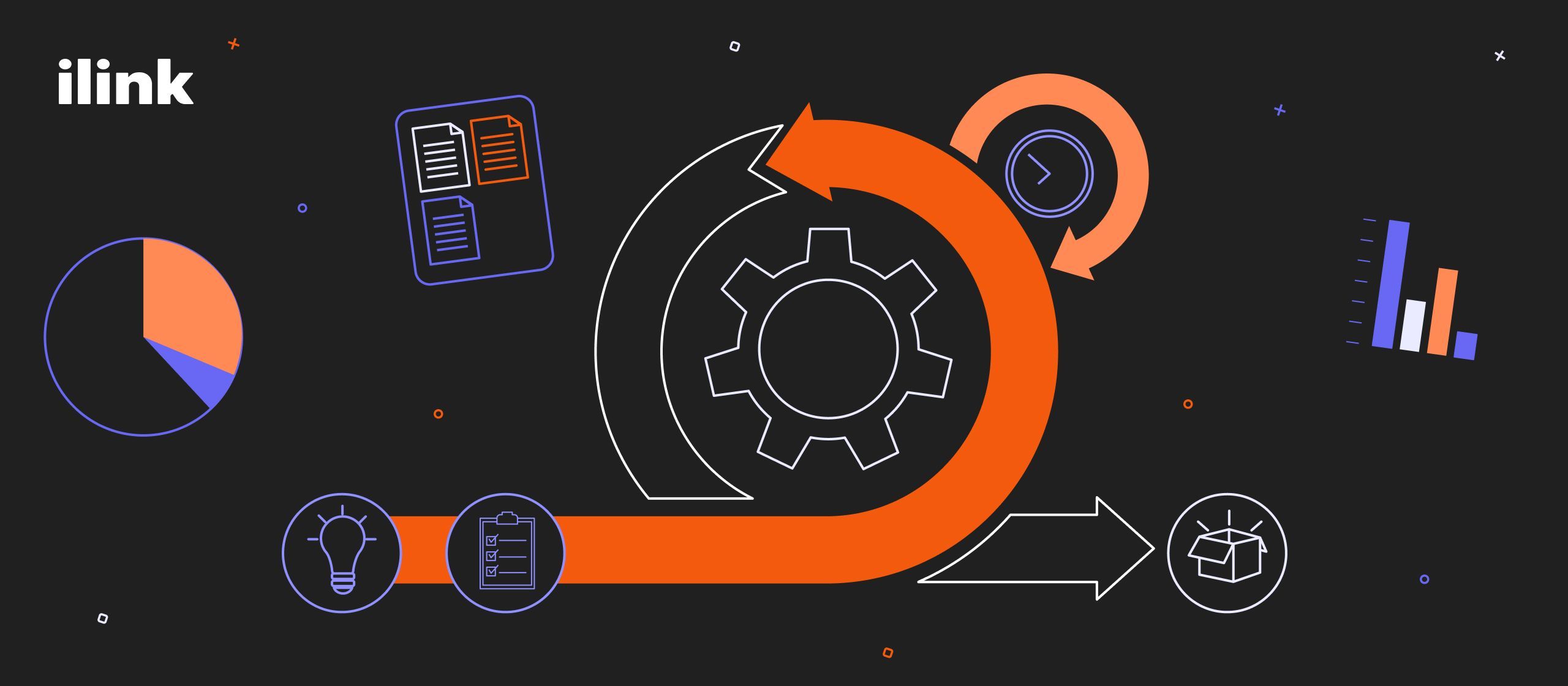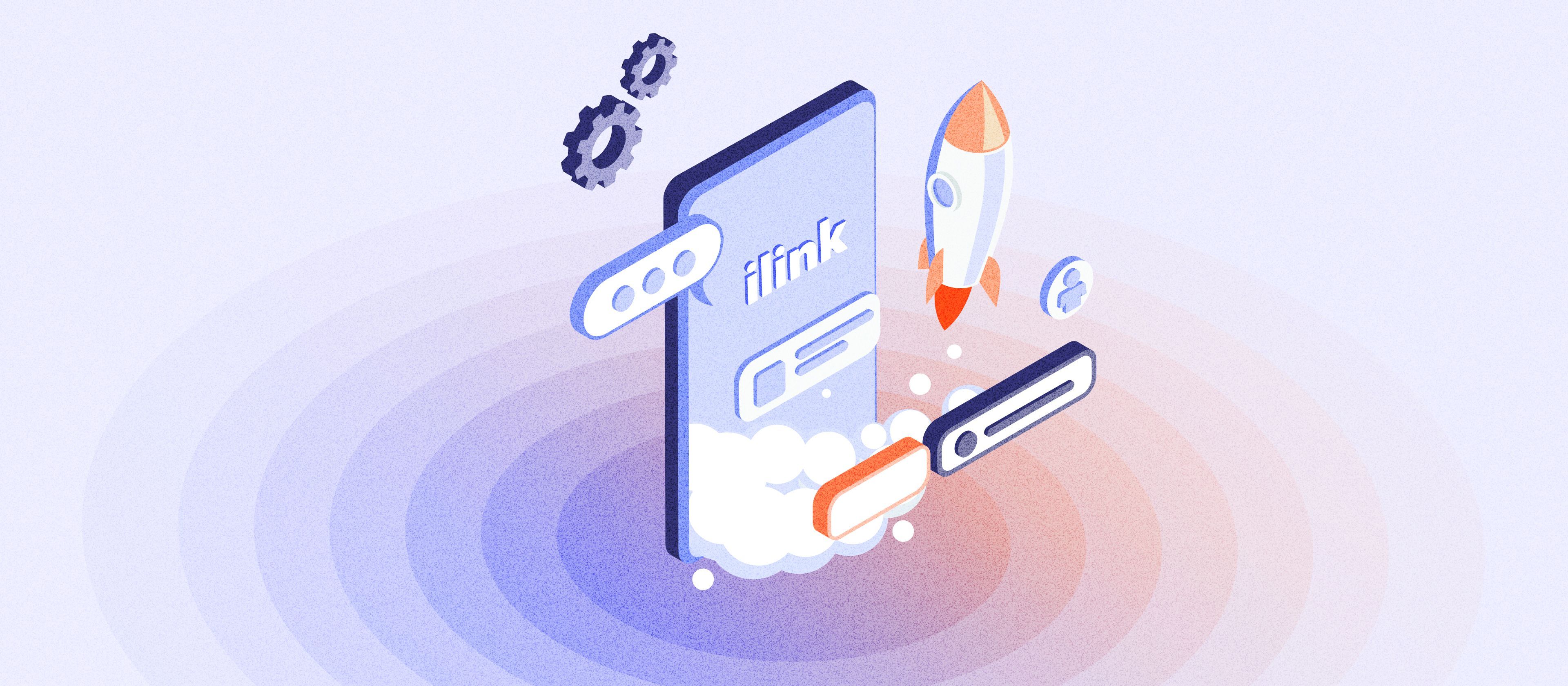Software Development Life Cycle (SDLC): A Comprehensive Guide to the Full Process
Introduction
The Software Development Life Cycle (SDLC) is a fundamental framework in the realm of software engineering, orchestrating the process of developing software systematically and efficiently. It serves as the backbone of software creation, ensuring that the end product is not only functional but also meets the highest standards of quality and satisfies user requirements. In this guide, we delve into the full extent of the SDLC, exploring its significance, scope, and how it forms the cornerstone of any successful software development project. The SDLC, in its entirety, is a multi-phase process encompassing everything from initial concept to final deployment, ensuring a structured, efficient pathway for transforming an idea into a fully operational software product.
Understanding SDLC
At its core, the Software Development Life Cycle (SDLC) is a methodology that provides a structured and standardized process for developing software. It encompasses several distinct phases, each with its own set of activities and goals, designed to guide the development team from initial planning to the final release of the product. By breaking down the development process into manageable stages, the SDLC ensures that software is developed in a controlled and systematic way, reducing the likelihood of project overruns, budget breaches, and failure to meet user requirements. This methodology not only enhances the efficiency and productivity of the development team but also significantly improves the quality and reliability of the final product. In the subsequent sections, we will explore the specific phases of the SDLC, the various methodologies available, and how they can be best applied to different types of software development projects.
Phases of the Software Development Life Cycle

Understanding the phases of the Software Development Life Cycle (SDLC) is essential for the streamlined and successful creation of software.
- Requirement analysis. This phase involves thoroughly understanding and documenting what the software needs to do. It's about gathering all the specific details about what the software is expected to accomplish and the conditions under which it must operate.
- Design. In this stage, the software's overall structure and its finer details are planned out. This includes deciding on the software architecture, the technologies to be used, how different parts of the software will interact, and the user interface design.
- Implementation (or coding). This is where the actual creation of the software happens. Developers write the code to build the software based on the design specifications established in the previous phase.
- Testing. After the software is developed, it goes through rigorous testing to find and fix any issues or bugs. The aim is to ensure that the software is error-free and meets all the requirements laid out in the first phase.
- Deployment. Once the software is tested and ready, it's released and deployed for use. This can involve installing the software in a live environment, making it available for download, or rolling it out to users in stages.
- Maintenance. Post-deployment software needs to be maintained. This involves regular updates, fixing any new bugs that arise, and possibly adding new features or enhancements to keep the software relevant and functioning smoothly.
Each phase plays a critical role in ensuring the development process is organized and efficient, leading to the creation of high-quality software that meets user needs.
Popular SDLC Models
In the diverse landscape of software development methodologies, various SDLC models stand out for their unique approaches to software creation. Each model is tailored to different project requirements and organizational workflows. Let's explore some of the most prominent SDLC models, including their characteristics, advantages, disadvantages, and examples where applicable:
Waterfall Model
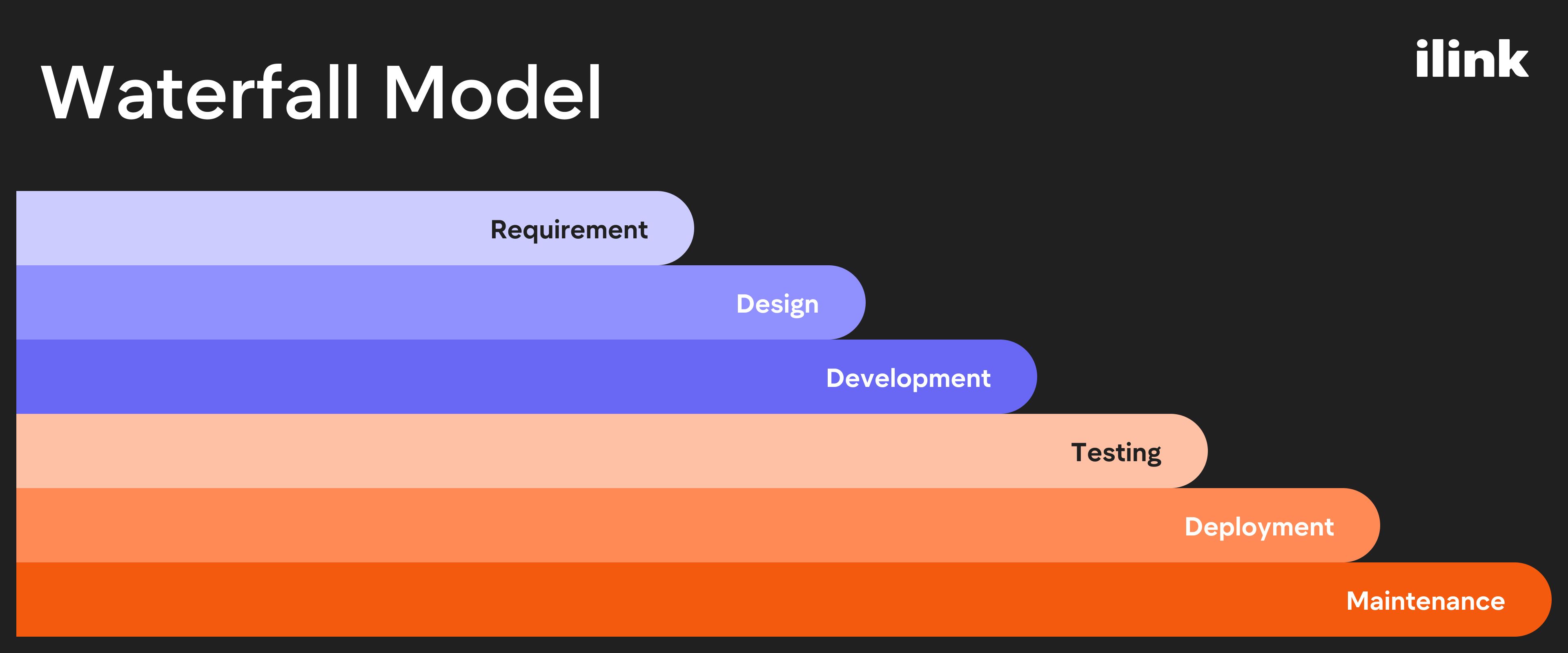
- Description: The Waterfall Model is a linear and sequential approach to software development. Each phase in the model must be completed before the next one begins.
- Characteristics: It involves clear project objectives and stable project requirements.
- Pros: Simplicity in management due to its structured approach.
- Cons: Inflexibility to changes; not ideal for complex, ongoing projects.
Example: Often used in manufacturing and construction projects where changes are less likely once the project development starts.
Agile Methodology
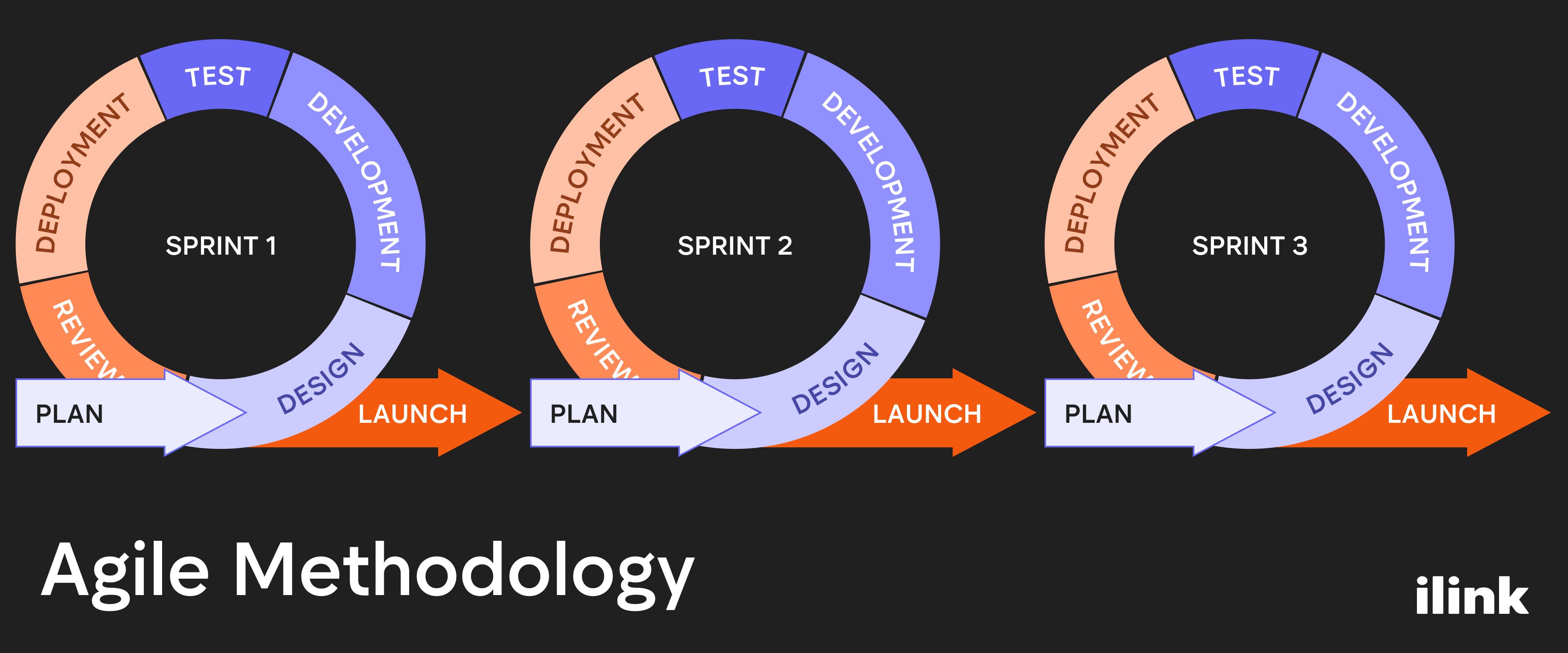
- Description: Agile is an iterative and incremental process focused on collaboration, customer feedback, and small, rapid releases.
- Characteristics: Emphasis on adaptability to changing project requirements and frequent product delivery.
- Pros: High product quality, flexibility, and customer satisfaction.
- Cons: It can be time-consuming and requires significant customer involvement.
Example: Software companies developing consumer-facing applications often use Agile to rapidly adjust to market demands.
Spiral Model
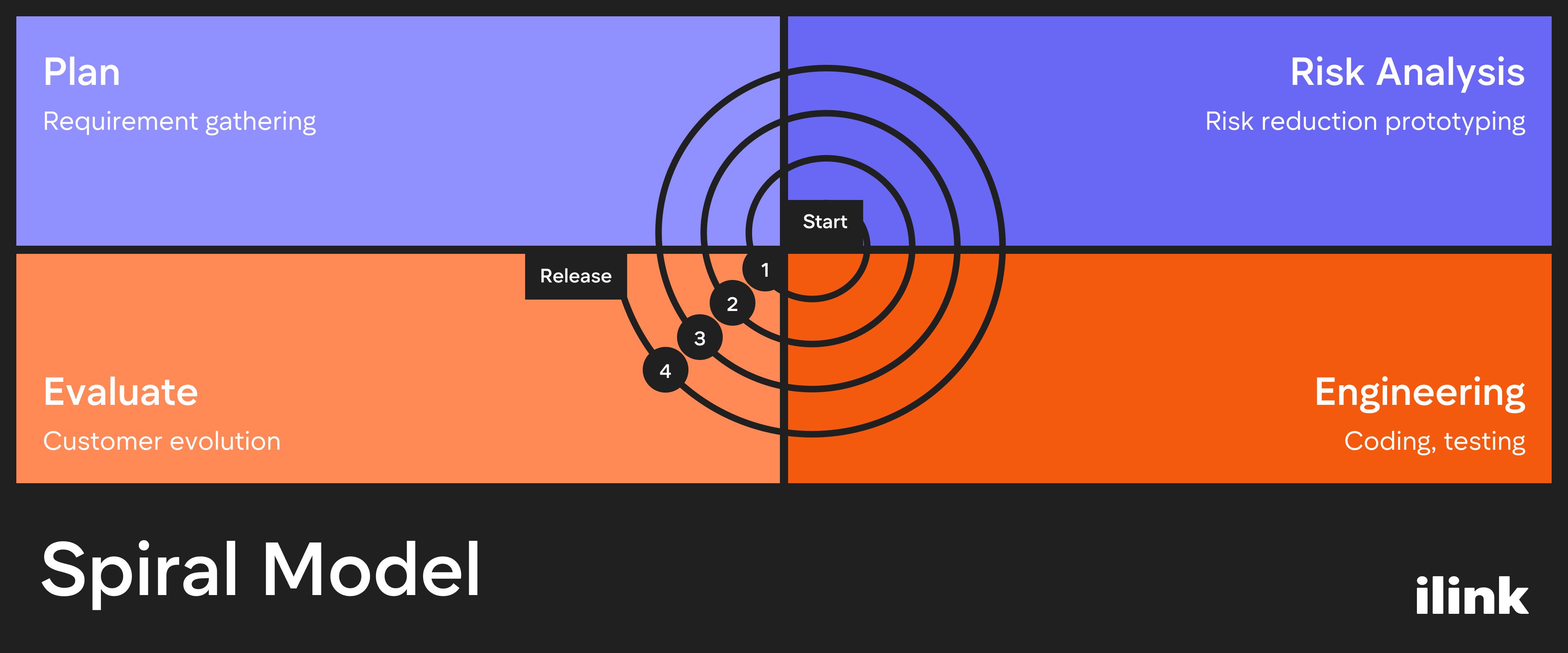
- Description: This model combines iterative development with elements of the Waterfall model, focusing on risk assessment.
- Characteristics: Emphasis on early detection of risks and changes in the project.
- Pros: Effective for large, complex, and high-risk projects.
- Cons: Can be costly and complex; not suitable for small projects.
Example: Used in large-scale software projects like enterprise resource planning (ERP) systems.
Scrum
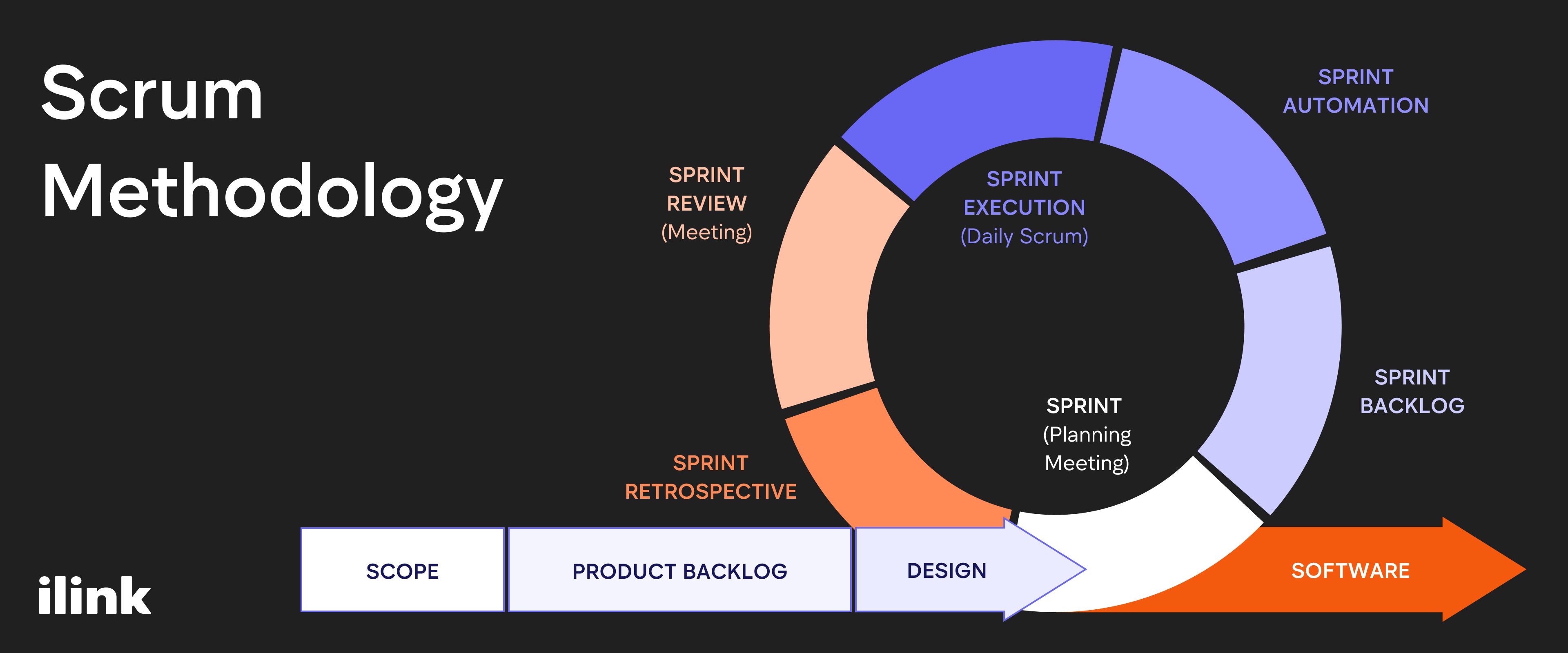
- Description: Scrum is a subset of Agile, primarily focused on managing and streamlining the iterative process in a small team.
- Characteristics: It involves regular stand-up meetings (scrums), sprints (short development cycles), and reviews.
- Pros: Enhances team productivity and handles complex projects effectively.
- Cons: Requires experienced team members and can lead to scope creep if not carefully managed.
Example: Many tech startups and agile software development teams use Scrum to manage rapidly changing development projects.
V-model

- Description: The V-Model extends the Waterfall model by adding a strong emphasis on testing in each development phase.
- Characteristics: Known for its simple and straightforward approach with a strong focus on testing at every stage.
- Pros: Greater chances of success compared to the Waterfall model due to early test planning.
- Cons: Still inflexible and not suitable for complex projects.
Example: Often used in smaller-scale projects where requirements are well-defined and unlikely to change.
Selecting the right SDLC model is crucial and depends on various factors like project size, complexity, and specific requirements. Each model offers a different path to software development, and understanding their nuances enables teams to choose the most effective approach for their project.
Best Practices in SDLC with Examples
Implementing best practices in the Software Development Life Cycle (SDLC) is vital for the success of a software project. Here are some of these best practices with examples to illustrate their application:
Effective planning and requirements analysis. This involves thoroughly understanding user needs and project objectives. It's crucial to spend adequate time in this phase to prevent costly changes later.
- Example: A software company developing a mobile app conducts extensive market research, user interviews, and surveys to understand user needs and preferences before starting the design process.
Realistic time and resource estimation. Accurately estimating the time and resources needed is key to keeping the project on schedule and within budget.
- Example: An IT project manager uses historical data from past projects and adjusts for current project complexities to estimate timeframes and resource allocation accurately.
Risk management. Identify potential risks early in the project and develop strategies to mitigate them.
- Example: A development team identifies potential risks, such as technology changes or delays in dependencies early in the project, and creates a mitigation plan, like having backup resources or technology alternatives.
Clear and regular communication. Frequent and clear communication among team members and stakeholders is vital to align expectations and address issues promptly.
- Example: Regular stand-up meetings and communication channels like Slack or Google Meet are used by a project team to keep everyone informed and address issues as they arise.
Iterative development and continuous testing. Implementing iterative development allows for regular feedback and easier incorporation of changes. Continuous testing ensures that issues are identified and resolved early in the development process.
- Example: A web development team adopts Agile methodology, producing work in two-week sprints, and incorporates continuous testing to catch issues early.
Documentation. Proper documentation at all stages of SDLC is critical for keeping track of the development process and for future maintenance and updates.
- Example: A software development team maintains an updated wiki or shared document repository that includes project specifications, design documents, and user guides.
Quality assurance. Implementing quality assurance practices throughout the SDLC helps in delivering a high-quality product.
- Example: A QA team is involved from the start of the project, ensuring quality is a focus through each phase of the SDLC, not just during the testing phase.
User-centric approach. Focusing on user experience and user interface design is crucial for the success of the software.
- Example: An e-commerce website focuses on user experience by involving UX/UI designers to create intuitive and user-friendly interfaces.
Post-deployment support and feedback incorporation. After deployment, ongoing support and incorporating user feedback are essential for continual improvement of the software.
- Example: After launching a new feature in their software, the company sets up a system to collect user feedback and quickly addresses any issues or bugs reported.
Implementing these best practices with practical examples like these can significantly enhance the efficiency, effectiveness, and quality of the software development process.
Challenges in Implementing SDLC
Implementing the SDLC is not without its challenges. These challenges need to be recognized and addressed to ensure the smooth execution of a software development project:
- Managing changing requirements. One of the biggest challenges is dealing with changing client requirements during the development process.
- Time and budget overruns. Keeping a project within its time frame and budget can be difficult due to unforeseen complexities and issues.
- Resource allocation and team dynamics. Efficiently allocating resources and managing team dynamics is critical, especially in large and complex projects.
- Technology integration. Integrating new technologies or existing systems can pose significant challenges in terms of compatibility and stability.
- Security and compliance. Ensuring that the software complies with all security standards and regulations is increasingly important and challenging.
- Quality control. Maintaining a high level of quality throughout the development process can be challenging, particularly as projects become more complex.
- Adapting to new methodologies. Keeping up with evolving SDLC methodologies and integrating them into existing practices can be a challenge for many organizations.
- Stakeholder engagement. Effectively engaging stakeholders and managing their expectations throughout the project lifecycle is crucial for project success.
Understanding and addressing these best practices and challenges is key to navigating the complexities of the SDLC and achieving successful software development outcomes.
Conclusion
The full Software Development Life Cycle is a comprehensive process that spans from the initial idea to the final product and beyond. Understanding its phases, methodologies, best practices, and challenges is crucial for anyone involved in software development. As technology continues to advance, so too will the methodologies and practices within the SDLC, requiring continuous learning and adaptation.
Comments (0)
Latest Posts
Learn what Web3 social applications are, how decentralized social platforms work, and why businesses are moving toward SocialFi and user-owned networks.
Custom iOS application development for business. Learn how to build secure, stable, and scalable iOS apps using native technologies, proven architecture, and expert engineering.
Do You Have any Questions?
Leave your details - we will contact you to answer all your questions


